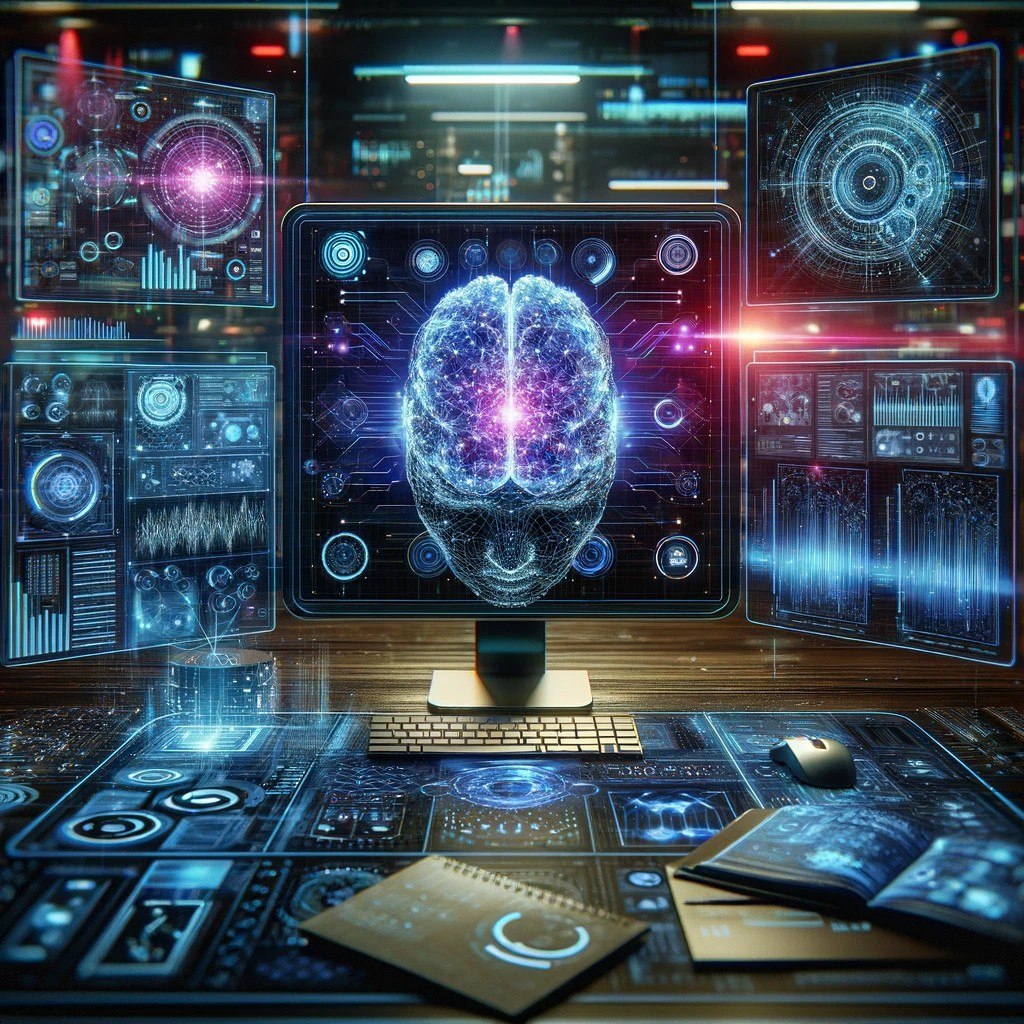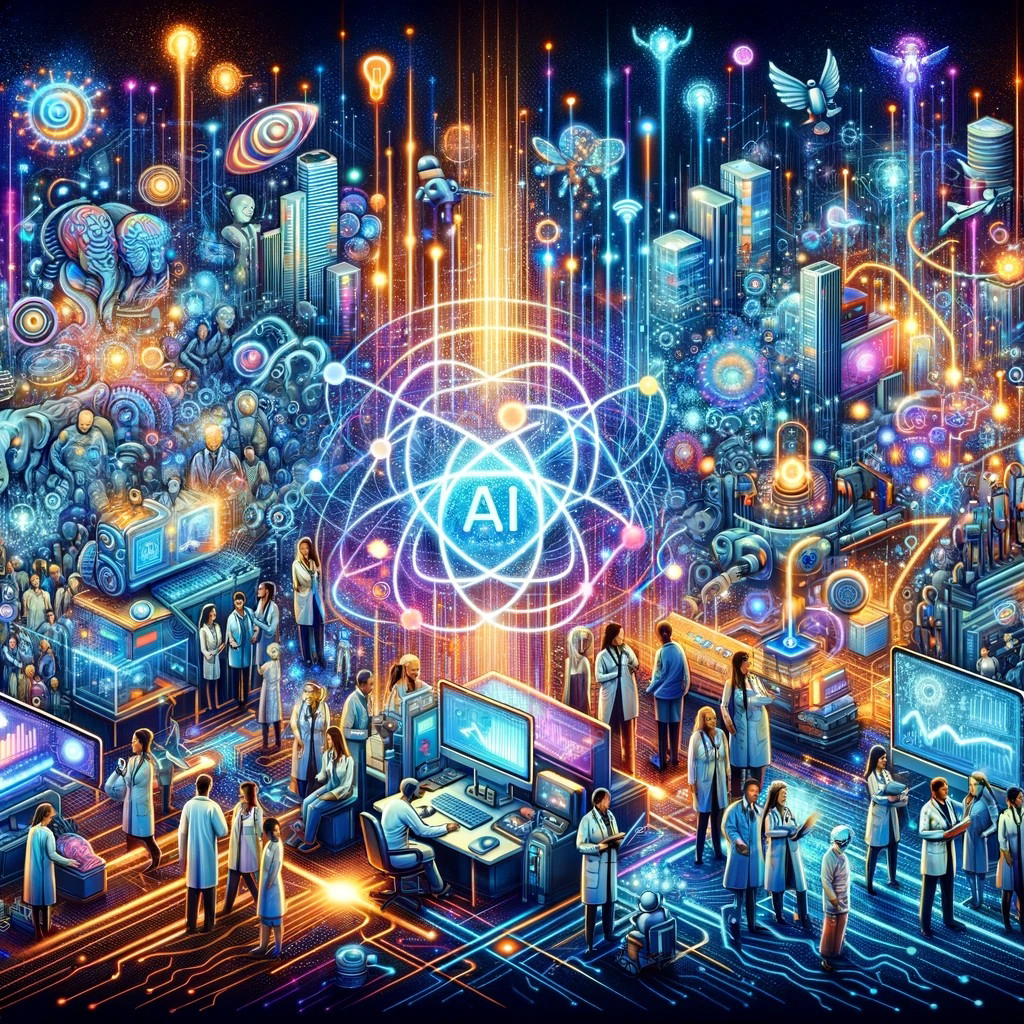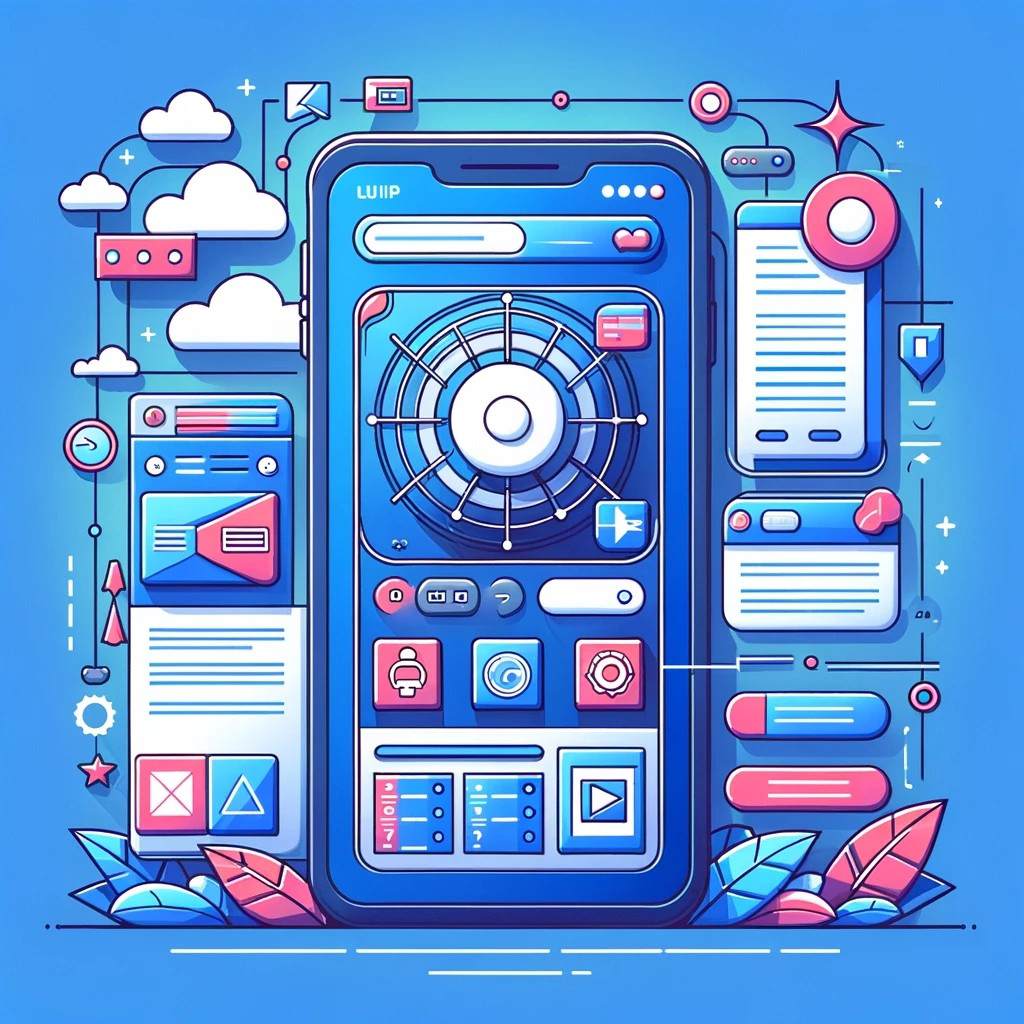Exploring the Future: The Impact and Applications of AI and Machine Learning in Business
In the modern era, where technology is rapidly evolving, Artificial Intelligence (AI) and Machine Learning (ML) have emerged as revolutionary forces in transforming businesses and the way we perceive the world. This blog delves into the depths of AI and ML, exploring their applications in business, their transformative impact, and the potential future directions these technologies could take us. Additionally, we'll provide a step-by-step guide on implementing an AI chatbot on a business website.
Understanding AI and Machine Learning
Artificial Intelligence is a broad field in computer science aimed at creating systems capable of performing tasks that typically require human intelligence. These tasks include learning, reasoning, problem-solving, perception, and language understanding.
Machine Learning, a subset of AI, involves the development of algorithms that allow computers to learn and make predictions or decisions based on data.
AI in Business: Current Applications
AI has found numerous applications in various business sectors:
Enhanced Customer Experience
1. Chatbots: Providing real-time assistance and customer support.
2. Personalization: Tailoring experiences to individual customer preferences.
Operational Efficiency
1. Automated Processes: Streamlining repetitive tasks.
2. Predictive Maintenance: Using AI to predict equipment failures before they occur.
Data-Driven Decision Making
1. Business Analytics: Gleaning insights from vast amounts of data for strategic planning.
The Transformative Impact of AI and ML
AI and ML are not just tools for operational efficiency; they are catalysts for transformation. They have the potential to:
1. Redefine Business Models: Creating new ways to deliver products and services.
2. Innovate Products and Services: AI-driven innovation in product development.
3. Revolutionize Industries: Transforming sectors like healthcare, finance, and manufacturing.
The Future of AI and Business
Looking forward, AI is poised to become even more integral in business:
1. Ethical AI: Focus on developing AI responsibly and ethically.
2. Advanced Automation: Moving towards more sophisticated forms of automation.
3. AI in Decision-Making: More businesses will rely on AI for complex decision-making processes.
Implementing an AI Chatbot for Your Business Website: A Detailed Guide
Implementing an AI chatbot can significantly enhance customer interaction and service on your business website. This guide will walk you through creating a basic customer service chatbot using Dialogflow, a popular chatbot development platform by Google.
Step 1: Define the Chatbot's Purpose
Objective: Decide what you want your chatbot to do. For example, answering FAQs, providing product information, or guiding users through a purchase.
Step 2: Setting Up on Dialogflow
1. Create an Account: Sign up or log in to your Google account and go to the [Dialogflow Console](https://dialogflow.cloud.google.com/).
2. Create a New Agent: An agent in Dialogflow is essentially your chatbot. Click on 'Create New Agent' and fill in the necessary details.
Step 3: Designing Conversations
1. Intents: In Dialogflow, 'intents' are used to define what users might say and how the bot should respond.
2. Example: For a 'Greeting' intent, you might add training phrases like "Hello," "Hi there," and set up responses like "Hello! How can I assist you today?"
javascript
// Example of defining a 'Greeting' intent in Dialogflow's console
intent('Greeting', p => {
p.play('Hello! How can I assist you today?');
});
3. Entities: These are words or phrases that Dialogflow can extract as variables. For instance, product names or types of inquiries.
Step 4: Training the Chatbot
1. Input Training Phrases: Add a variety of phrases for each intent to ensure your chatbot can understand different user inputs.
2. Testing: Use Dialogflow’s inline editor or the testing console to check how your chatbot responds to different queries.
Step 5: Integrating with Your Website
1. Integration Options: Dialogflow offers integration options with many platforms. To integrate with your website, you can use the Dialogflow's Web Demo integration or custom integration using Dialogflow APIs.
2. Custom Integration Code: For custom integration, you’ll need to use the Dialogflow API. Below is a basic example of how you might send a user’s message to Dialogflow and receive a response using JavaScript.
javascript
async function sendMessageToDialogflow(message) {
const response = await fetch('https://api.dialogflow.com/v1/query', {
method: 'POST',
headers: {
'Authorization': `Bearer YOUR_CLIENT_ACCESS_TOKEN`
},
body: JSON.stringify({query: message, lang: 'en', sessionId: '12345'})
});
const responseData = await response.json();
return responseData.result.fulfillment.speech;
}
Step 6: Monitoring and Continuous Improvement
1. Analytics: Utilize Dialogflow's analytics or integrate with third-party analytics tools to track chatbot performance.
2. Iterate: Regularly update the chatbot based on user interactions and feedback to improve its accuracy and effectiveness.
3. Creating an AI chatbot for your business website involves defining its role, setting it up on a platform like Dialogflow, designing conversation flows, training the model, integrating it with your website, and continually improving it based on user feedback. This guide provides a basic framework to start with, which can be expanded and customized according to specific business needs.
By following this detailed guide, businesses can create a functional AI chatbot tailored to their specific requirements, enhancing their customer service and overall user experience.
Conclusion
The fusion of AI and ML in business is not just an ongoing trend but a glimpse into a future where technology significantly enhances human capabilities and business processes. As we embrace these technologies, it's crucial to consider their ethical implications and strive for responsible innovation.






Comments
Post a Comment